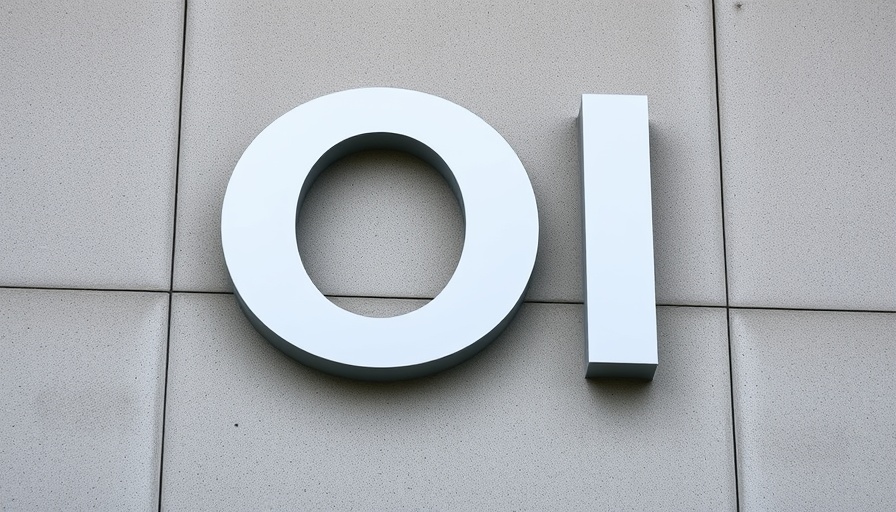
Transforming Home Entertainment: Epson’s Latest Projectors
Epson has entered the spotlight with its launch of four new projectors that cater to those in search of large, versatile displays for home entertainment and modern workspaces. Among them, the Home Cinema 1100 stands out as the company's first projector to support Apple AirPlay, marking a significant step towards seamless connectivity for users of Apple devices.
Why Choose Epson Projectors?
In a world where screen sizes continue to escalate, Epson's projectors support a massive 300-inch display, providing an immersive viewing experience that goes beyond conventional screens. With high picture brightness capabilities, these projectors are designed to function effectively in various environments, be it a cozy living room or a larger workspace.
Seamless Streaming and Mirroring
The built-in functionality for Apple AirPlay and Miracast means users can effortlessly stream videos, music, and photos directly from their iPhone, iPad, or Mac. This improvement reflects the evolving needs of consumers who desire connectivity without the hassle of complicated setups. In addition, the support for screen mirroring enables users to share content instantly with friends or colleagues, enhancing collaborative experiences.
The Bigger Picture: Impact on Home and Workspaces
Epson's projectors not only cater to entertainment needs but also adapt well to professional settings. This versatility makes them ideal for blended environments—where play meets productivity—allowing for crisp presentations and engaging team meetings.
As technology influences how we consume media and work, Epson’s innovation is a significant addition to the realm of display technology. With these projectors, users are not only getting high-quality visuals but also embracing a future where seamless connectivity and adaptability define our viewing experiences.
 Add Row
Add Row  Add
Add 




Write A Comment